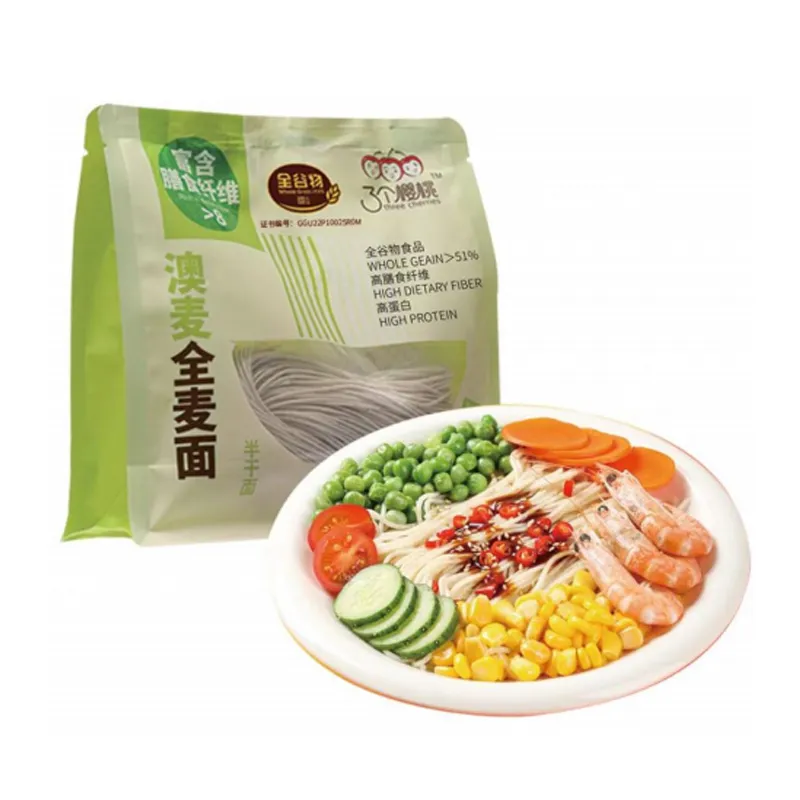making fresh pasta
Making Fresh Pasta A Delightful Culinary Journey
There's something incredibly satisfying about making fresh pasta at home. The process combines artistry, science, and tradition, transforming simple ingredients into a delicious, comforting meal. Whether you’re preparing a special dinner or simply want to impress your family and friends, learning to make fresh pasta is a skill worth acquiring.
The Essential Ingredients
To embark on your fresh pasta journey, you will need just a few key ingredients flour, eggs, and a pinch of salt. The type of flour you choose can make a significant difference in the texture of your pasta. Traditionally, 00 flour is preferred for its fine grind, yielding a silky and smooth dough. However, all-purpose flour also works well for those who may not have access to specialty flours. The number of eggs can vary, but a common ratio is one egg per 100 grams of flour, creating a rich and flavorful pasta.
The Dough-Making Process
Start by creating a clean workspace. Place your flour in a mound on a clean countertop or board, creating a well in the center. Add the eggs and a sprinkle of salt into the well. Using a fork, break the yolks and gradually incorporate the flour from the edges of the well into the egg mixture. As the dough begins to come together, use your hands to knead it, pushing and folding it until it becomes smooth and elastic. This process can take about 10 minutes.
Once your dough is formed, wrap it in plastic wrap or cover it with a kitchen towel, allowing it to rest for at least 30 minutes. This resting period is crucial as it relaxes the gluten, making it easier to roll out.
Rolling and Shaping the Pasta
making fresh pasta

After resting, divide your dough into quarters for easier handling. Take one piece and keep the others covered to prevent drying out. Use a rolling pin or a pasta machine to roll out the dough to your desired thickness. If using a pasta machine, start with the widest setting and gradually work your way down to thinner settings, dusting with flour to prevent sticking.
Once you’ve rolled out the dough, it’s time to cut it into your preferred shape. For fettuccine, simply fold the sheet and slice it into strips. For lasagna, cut rectangles of your desired size. Remember to toss your cut pasta in a bit of flour to keep the pieces from sticking together.
Cooking Fresh Pasta
Fresh pasta cooks much quicker than dried pasta, usually requiring just 1-3 minutes in boiling salted water. To ensure optimal flavor, reserve a cup of pasta cooking water before draining. This starchy water can be used to adjust the consistency of your sauce, enhancing the overall dish.
Serving Suggestions
Fresh pasta pairs wonderfully with a variety of sauces, from simple olive oil and garlic to rich, hearty tomato sauces or creamy Alfredo. Fresh herbs, grated Parmesan cheese, and a sprinkle of black pepper can elevate the dish, providing a burst of flavor. Experimenting with different shapes and sauces allows you to make your fresh pasta experience unique every time.
In conclusion, making fresh pasta is not only a rewarding culinary skill but also a pleasurable activity that can be enjoyed with friends and family. The taste and texture of freshly made pasta are unparalleled, making them a delightful addition to any meal. So roll up your sleeves, gather your ingredients, and embark on this delightful culinary journey!
-
Low GI70 Soba: Delicious, Healthy & Blood Sugar FriendlyNewsAug.29,2025
-
Authentic Fried Sauce Noodles: Savory, Satisfying, & Easy!NewsAug.28,2025
-
Wholesale Ramen Noodles SuppliersNewsAug.27,2025
-
Organic Soba NoodlesNewsAug.27,2025
-
Organic Ramen Noodles BulkNewsAug.27,2025
-
Improving Foodservice: A Wholesale Buyer’s Guide to Fresh PastaNewsAug.27,2025
-
Dragon Chuka Soba NoodlesNewsAug.27,2025
Browse qua the following product new the we







